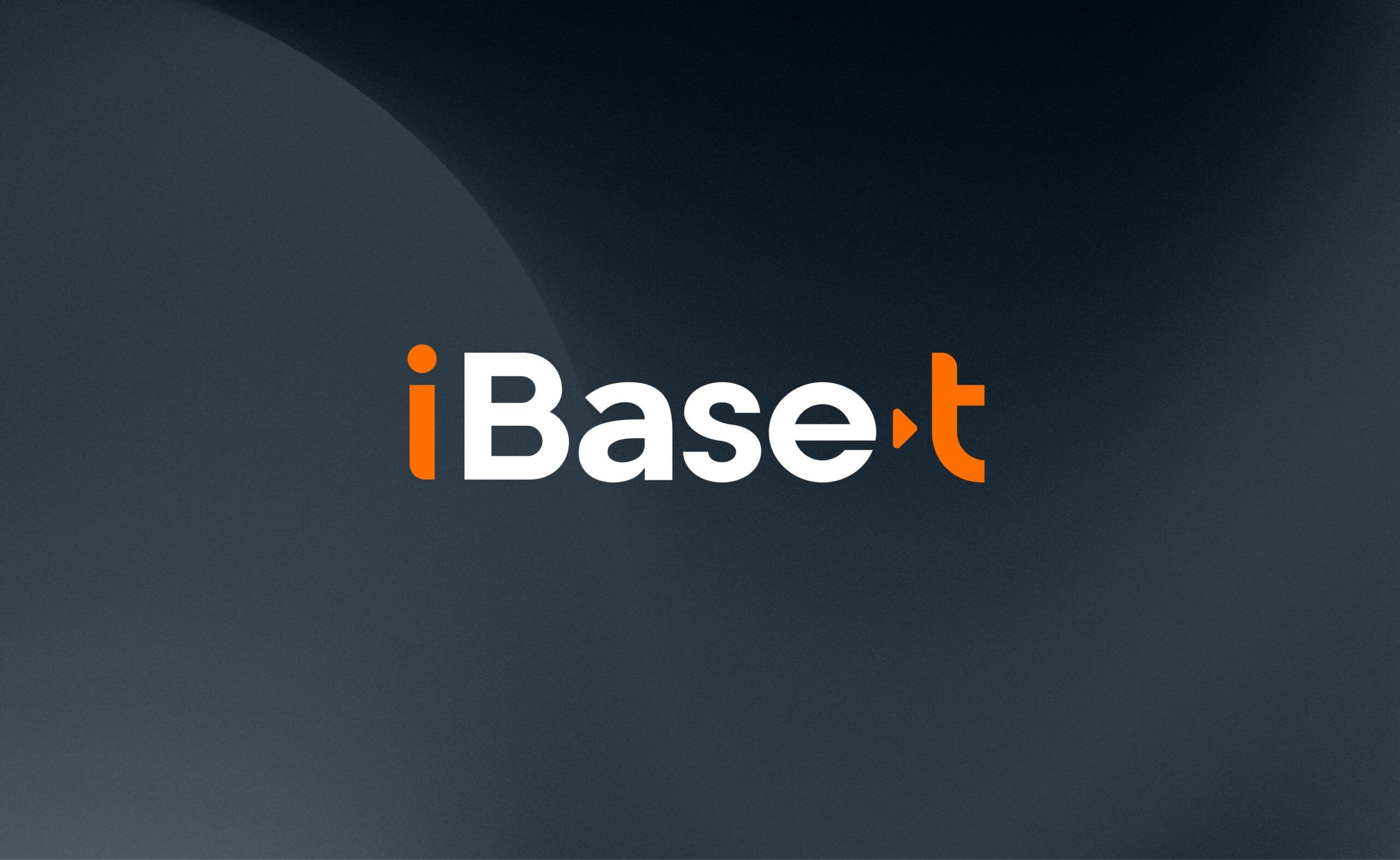Since the launch of ChatGPT in November 2022, artificial intelligence (AI) has taken the world by storm. What was once science fiction is now reality, and the global AI market has more than tripled in less than two years, surging from $60 billion USD in 2022 to nearly $200 billion USD in 2024.
The Current State of AI in Complex Discrete Manufacturing
AI clearly has staying power and will continue to gain momentum as new use cases and applications are discovered. The complex discrete manufacturing industry is already making strides in AI adoption. A recent survey of 300 senior manufacturing executives shows:
- 77% of manufacturing firms with $10 billion+ in annual revenue are already deploying AI.
- 58% of design and engineering executives expect to increase AI spending by more than 10% in the next two years.
- 43% of factory operations leaders predict a similar increase in AI spending.
Although the complex discrete manufacturing sector, particularly in security-focused markets such as aerospace and defense, has been slow to adopt other technologies like the Cloud, AI is gaining traction more quickly, and for good reason. The potential applications for this market offer astounding efficiency and revenue gains. In fact, more than 40% of those surveyed hope to use AI to find efficiencies, minimize product failures, and speed up the time to market. And even just a 5% increase in efficiency could lead to millions of dollars in increased revenue, far surpassing the initial investment needed.
Use Cases for AI in Manufacturing
Even though AI is still relatively new, several leading aerospace and defense companies are already finding practical use cases, starting with quality control. For example, a computer vision system can be trained to recognize “perfection.” As it scans a product, it can detect defects and provide alerts when a product does not meet quality control criteria, reducing the time, cost, and labor needed for manual inspections.
Boeing uses AI in its factories to find opportunities to reduce the complexities of building aerospace systems. While primarily used to improve production efficiency, AI also enables a more flexible, scalable manufacturing environment that can quickly adapt to changing customer needs.
Predictive analytics is another area where AI excels. Manufacturing downtime can lead to millions of dollars in lost revenue, missed deadlines, and damaged client relationships. By analyzing sensor data from tools and machinery, AI can predict maintenance needs, provide alerts for critical components, and prevent unexpected breakdowns. The most excitement with the biggest ROI in AI comes around vertical GenAI (Generative AI) because of its potential to revolutionize specific industries and domains by providing highly specialized, tailored AI solutions. When done right, vertical GenAI can bring the right solutions for domain-specific expertise, much enhanced efficiency, improved decision-making, customization and personalization, innovation and competitive advantages, reduced need for large-scale data, regulatory compliance and risk management, enhanced user experiences, better collaborations and knowledge sharing, etc.
AI in Manufacturing Execution Systems
At iBase-t, we are actively learning about our customers’ challenges and working on solutions utilizing generative AI integration in our manufacturing operations platform. iBase-t’s manufacturing execution system (MES) is an important part of Solumina’s platform that manages an organization’s data and processes, updating them with real-time information. SoluminaGPT is being built specifically with the aerospace and defense industry in mind. In addition to automated defect detection for quality control and predictive analytics to avoid downtime, we are also looking at ways to improve process automation, scheduling and resource allocation, demand forecasting, and inventory management. One exciting use case we are investigating is using AI to examine an existing manufacturing workflow process and propose changes that would speed production and reduce errors.
As always, data is the key to these benefits. AI requires clean, accurate, and real-time data to function optimally. However, many manufacturing sites must work on the digital infrastructure needed to prepare for AI. An MIT Sloan School of Management article states, “The lack of universal industrial data has been [a] major obstacle slowing the adoption of AI among mainstream manufacturers.”
Digitization Requirements for AI Adoption
Without a digital infrastructure, there is no data, and without data, AI is rendered useless. Digitizing devices and machinery and aggregating that data onto a common platform through IT/OT integration are prerequisites to AI adoption for any manufacturer.
As a first step, aerospace and defense organizations must ensure that IoT data-collecting sensors on shop-floor machinery and a MES, such as Solumina, are in place. The MES allows monitoring of production processes, inventory levels, and machine performance in real-time. Integration with enterprise resource planning (ERP) and product lifecycle management (PLM) systems is also essential, whether you are implementing AI or not.
This elevated level of IT/OT integration ensures the data across your organization, from shop floor to top floor, is comprehensive, up-to-date, and easily accessible to humans and AI when you are ready to take that next step.
Are you Data-Ready for AI?
The rapid progress in AI is bringing important capabilities to the manufacturing industry, and no company can afford to ignore this technology. However, its effectiveness will always depend on the quality of data available. If you are a manufacturer, the question isn’t whether your company would benefit from AI, but rather whether your data is ready for AI.





